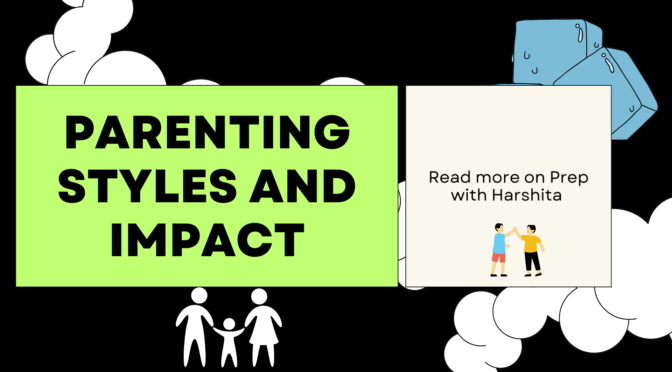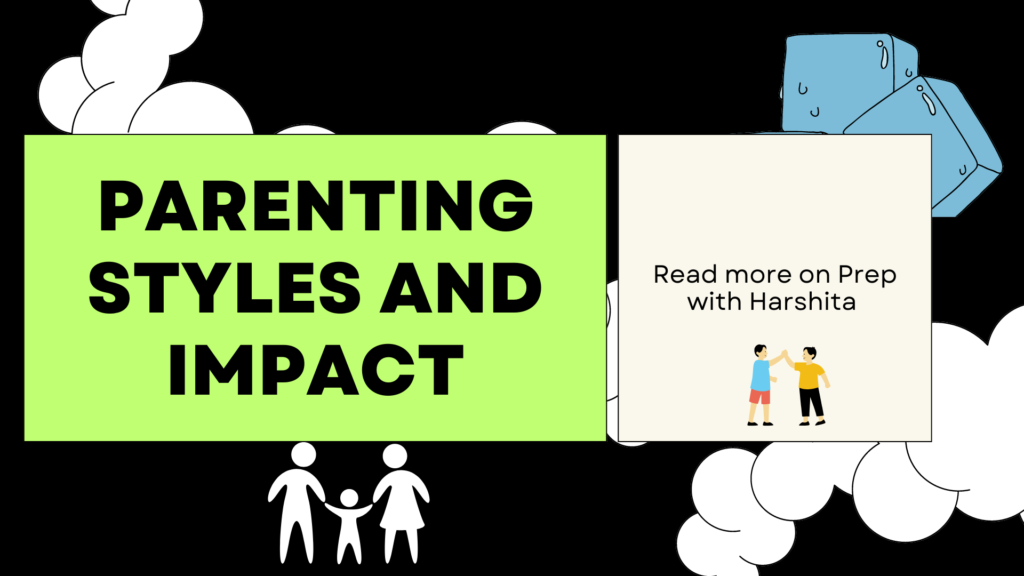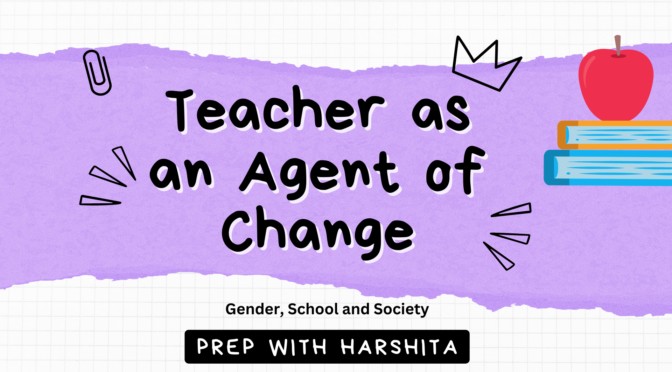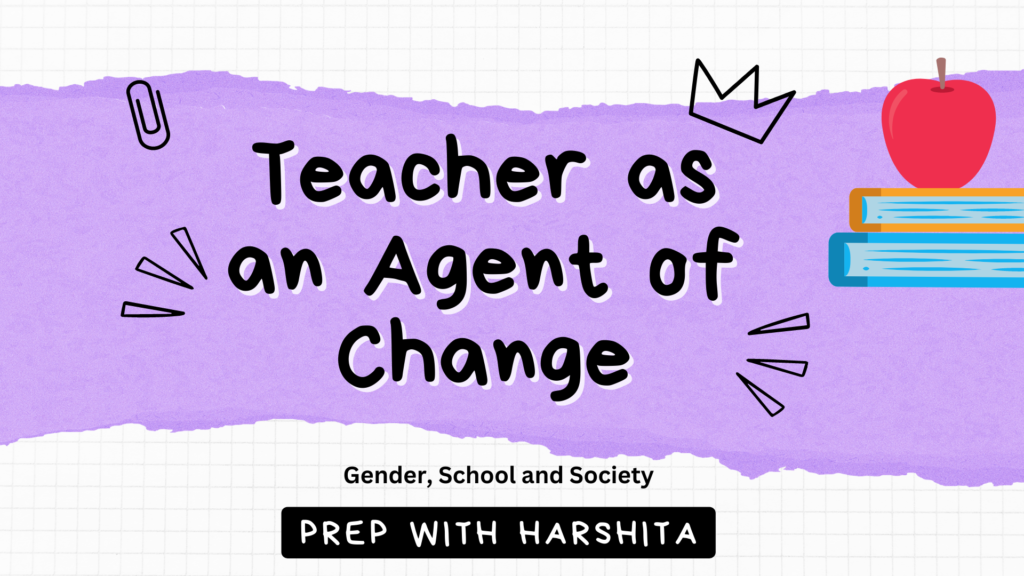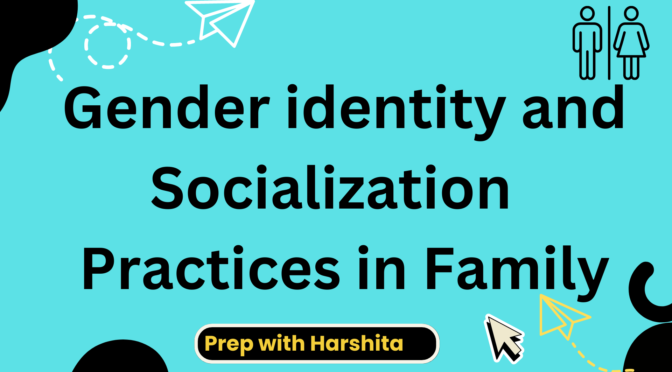The mutual dependence of man and society refers to the reciprocal relationship between individuals and the social structures and institutions that surround them. It recognizes that individuals are shaped by society, and society, in turn, is constructed and sustained by individuals.
Here are some key aspects of the mutual dependence of man and society:
- Socialization: Society plays a crucial role in shaping individuals through a process called socialization. From early childhood, individuals learn societal norms, values, and behaviors through interactions with family, education, media, and other social institutions. These socializing agents influence individuals’ beliefs, attitudes, and actions, shaping their identities and guiding their behaviors within the social context.
- Interconnectedness: Individuals are inherently social beings, and their well-being and development are interconnected with others in society. Human beings rely on social interactions, relationships, and cooperation for their physical, emotional, and intellectual needs. Social connections provide support, nurture, and opportunities for growth and fulfillment, influencing individuals’ overall happiness and quality of life.
- Division of Labor and Specialization: Society relies on the division of labor, where individuals specialize in different occupations and roles. Through this division, individuals contribute their unique skills, knowledge, and abilities to the collective functioning of society. The interdependence of different occupations and roles creates an interconnected web of social relationships and cooperation necessary for the smooth functioning of society as a whole.
- Social Institutions and Structures: Social institutions, such as the family, education, economy, and government, are created and sustained by individuals to meet the collective needs of society. These institutions provide frameworks, rules, and systems that regulate social behavior, coordinate collective actions, and maintain social order. Individuals both shape and are shaped by these institutions, as they interact with and operate within their established norms and structures.
- Cultural Transmission: Society preserves and transmits its cultural heritage, knowledge, beliefs, and practices across generations. Individuals contribute to the preservation and evolution of culture by passing on traditions, customs, and values to future generations. At the same time, individuals’ actions and interactions contribute to the dynamic nature of culture, influencing its adaptation and transformation over time.
- Social Change: Society is not static; it evolves and changes over time. Individuals play a vital role in driving social change through their ideas, actions, and collective movements. Movements for social justice, human rights, and political reforms are often initiated by individuals who recognize the need for change and work towards it. Society, in turn, responds to these movements, adapting its structures and norms to address the evolving needs and aspirations of its members.
- Identity and Belonging: Individual identity is shaped by social factors, including cultural, ethnic, and gender identities, as well as social roles and group affiliations. Individuals derive a sense of belonging and identity from their participation in social groups, communities, and societies. At the same time, individuals contribute to the construction of collective identities through their shared values, norms, and collective actions.
The mutual dependence of man and society highlights the intricate relationship between individuals and the social context in which they live. Individuals both shape and are shaped by society, and their actions, beliefs, and choices influence the functioning, development, and transformation of society as a whole. Recognizing this interdependence is crucial for understanding human behavior, promoting social cohesion, and addressing societal challenges.
Also Read: Gender school and society

Also Visit: Prep with Harshita


